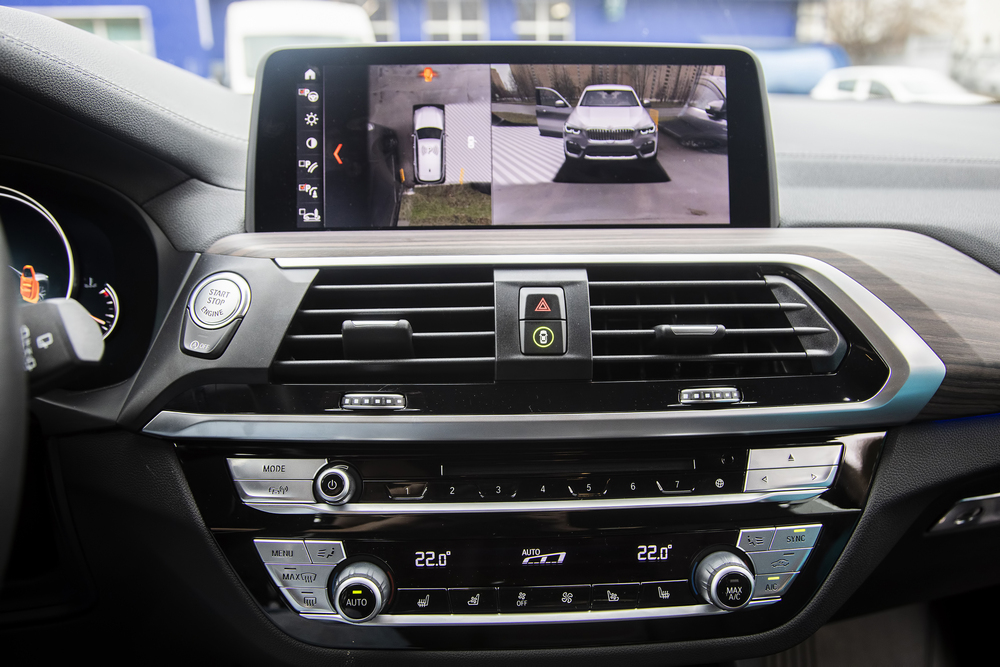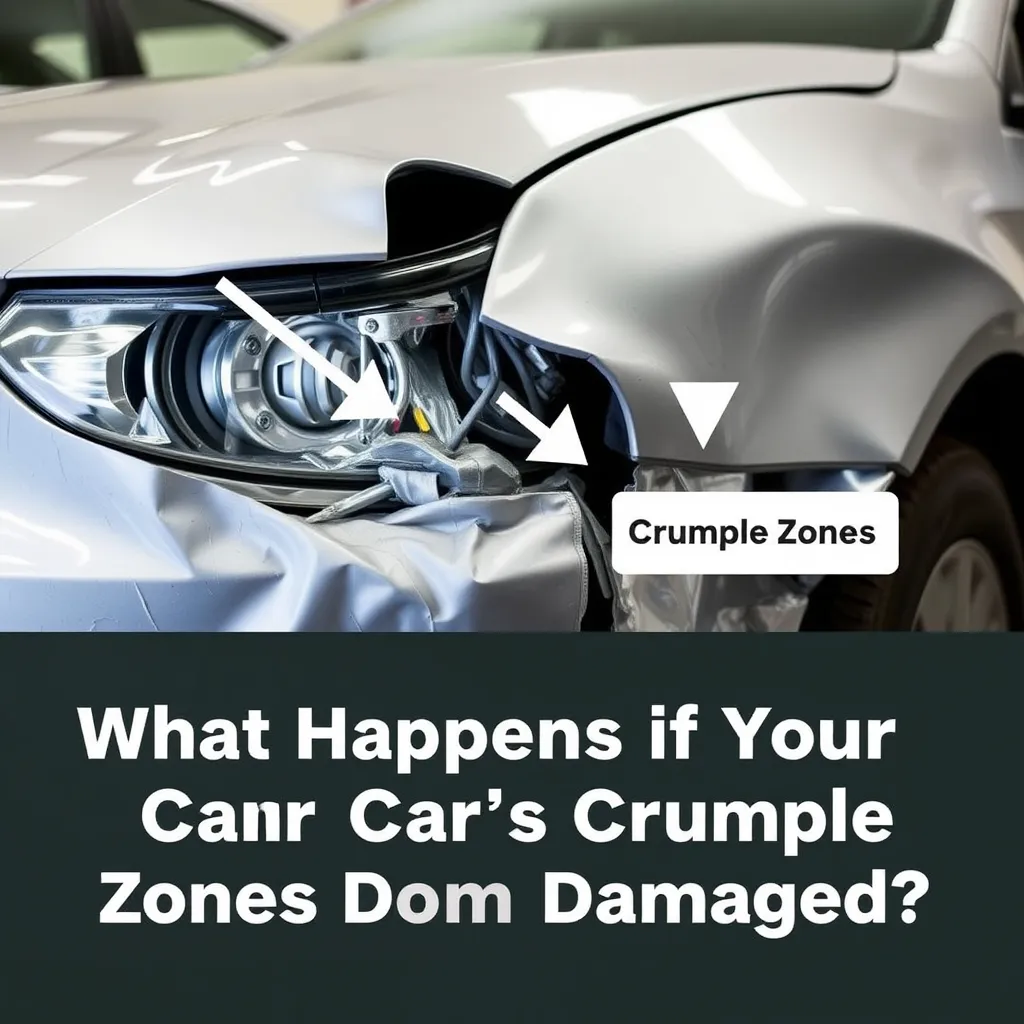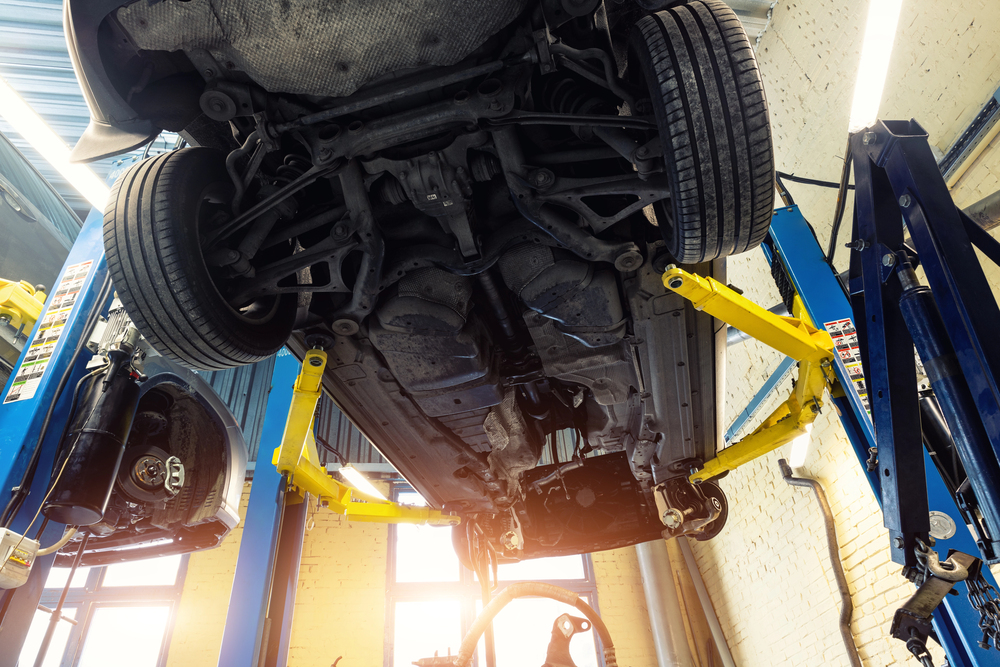Modern vehicles rely on advanced driver assistance systems (ADAS) to enhance safety and performance. These systems use cameras, radar, and sensors to assist with lane departure warnings, adaptive cruise control, blind-spot monitoring, and more. After an accident or collision repair, it’s crucial that these components are properly realigned to ensure they function correctly. But how can you tell if they were recalibrated correctly? Here’s what you need to know.
Key Takeaways
- Proper sensor and camera alignment is crucial for ADAS features like lane-keeping assistance, adaptive cruise control, and blind-spot monitoring to function correctly after a repair.
- Signs of misalignment include dashboard warning lights, inaccurate lane departure warnings, unexpected braking, faulty blind-spot detection, unresponsive adaptive cruise control, and parking assistance malfunctions.
- Ignoring misalignment can compromise safety, leading to false alerts, missed warnings, and unpredictable vehicle behavior that increases the risk of accidents.
- If you suspect misalignment, check your owner’s manual, test ADAS features in a controlled environment, and schedule an inspection at a certified collision repair center.
Why Sensor and Camera Alignment Matters
The sensors and cameras are important—more than you might imagine. Working together, the sensors and cameras keep you safe. If those components are misaligned, even slightly, you may be unable to see obstacles or receive incorrect warnings. You want the ADAS features properly calibrated for the following reasons:
- Lane-keeping assistance and adaptive cruise control need to work accurately to prevent unnecessary braking and swerving.
- Blind-spot detection needs to provide correct alerts.
- Parking assistance and collision avoidance systems must function as intended or become a risk.
If your car has been in an accident or undergone repairs affecting the bumper, windshield, or suspension, recalibration is necessary to restore these systems.
Signs Your Sensors and Cameras Are Misaligned
Misalignment can sometimes occur during a repair, leading to diminished calibration and faulty safety systems. Obviously, this is not how you want to drive. Here are some warning signs that your car’s sensors and cameras were not properly realigned during collision repair:
Warning Lights on the Dashboard
Most modern vehicles have built-in diagnostic systems that detect sensor and camera misalignment. If your car’s dashboard displays a warning light or error message related to lane-keeping assistance, collision avoidance, or adaptive cruise control, it’s a clear sign that something is off. These alerts may appear immediately after a repair or develop over time if the misalignment gradually worsens. Ignoring these warnings can put you at risk, as your vehicle may not respond correctly in critical situations.
Inaccurate Lane Departure Warnings
Lane departure warning systems rely on cameras to track lane markings on the road. If these cameras are misaligned, you may experience false warnings when you are safely within your lane or no warning at all when you actually drift. This can create a dangerous situation, especially on highways where lane-keeping assistance is crucial. A properly aligned system should consistently detect lane boundaries and provide accurate feedback.
Faulty Automatic Braking or Collision Warnings
Forward-collision warning and automatic emergency braking depend on radar and sensors to detect vehicles and objects ahead. If these components are misaligned, your car may brake unexpectedly for no reason or fail to activate when a real obstacle is present. Sudden, unnecessary braking can startle drivers behind you and lead to rear-end collisions, while delayed braking can increase your risk of an accident. If your car’s braking behavior seems unpredictable, it’s time for an inspection.
Blind-Spot Monitoring Errors
Blind-spot detection helps prevent side-impact collisions by telling you when another vehicle has entered a blind-spot. If the sensors are not properly aligned, you may end up receiving alerts of a vehicle approaching that isn’t there. Faulty blind-spot detection may also fail to pick up when a vehicle is present or have a delayed warning, leading to riskier lane changes.
Unresponsive Adaptive Cruise Control
Adaptive cruise control uses radar to maintain a safe following distance from the car ahead. If the sensors are misaligned, you might notice:
- Inconsistent speed adjustments (the car slows down or speeds up unexpectedly)
- Failure to maintain a proper following distance
- Delayed or overly aggressive braking when approaching another vehicle
A properly calibrated system should adjust your speed smoothly and predictably. If your adaptive cruise control feels unreliable, the sensors likely need realignment.
Parking Assistance Malfunctions
Modern vehicles are often equipped with cameras and sensors that assist with reversing and parking, particularly in tight spaces. When these systems are misaligned, you may experience erratic beeping when no obstacles are nearby, failure to detect objects, and distorted or incorrect camera views and angles that make parking difficult.
What to Do If You Suspect Misalignment
If you notice any of the aforementioned signs, do not wait until something unfortunate happens. Take the necessary steps to ensure your vehicle’s cameras and sensors are appropriately calibrated. Here is what you can do:
- Check your owner’s manual: Some vehicles will require ADAS calibration anytime alignment or the bumper is adjusted.
- Test your ADAS features in a safe area: Carefully assess if systems like lane departure warning and adaptive cruise control respond correctly.
- Schedule an inspection at a certified collision repair center: Professionals have the specialized equipment needed to diagnose and recalibrate ADAS components.
Get Professional ADAS Calibration at a South Jersey Collision Repair Center
After any collision repair, ensuring your vehicle’s sensors and cameras are properly realigned is essential for your safety. If you notice signs that something is wrong, don’t wait. You want to be able to drive safely and surely, after all. At Elmer’s Auto Body, we have state-of-the-art equipment for ADAS calibration, as well as experienced technicians who can diagnose and solve your post-collision problems. If you suspect that sensors or cameras are misaligned after the initial repair, bring your car to one of our three South Jersey locations. Contact us today to learn more about our services.






